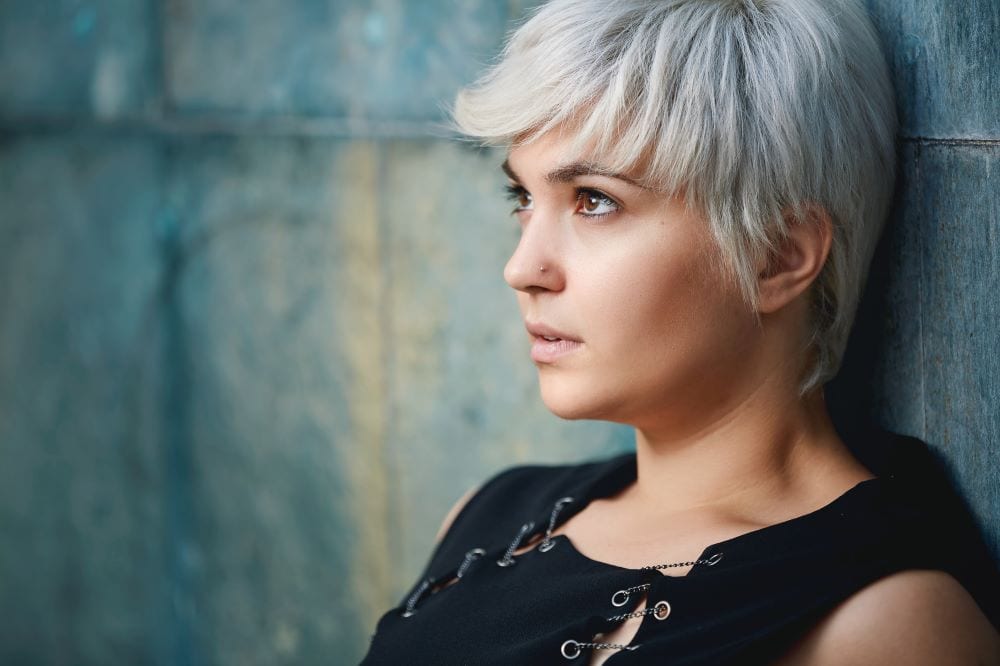Not all men are comfortable with their body and facial hair, and many are tired of regular shaving as a way to control it. Although it’s often assumed that women are the main clients for hair removal, a sizable percentage of our hair removal customers are men.
Where on the Body?
The primary areas of interest for men are the chest, back, face, and neck. Laser hair removal allows not only the permanent removal of unwanted hair from anywhere on the body but also allows men, with an absolute minimum of daily upkeep, to combine well-defined facial hair with stubble – an increasingly fashionable look today.
Reasons for Hair Removal
Some niche markets, such as bodybuilders, swimmers, or cyclists are well acquainted with the advantages of hair removal on the body and limbs, but this technique is accessible to anyone who is uncomfortable with excess body hair.
Body Hygiene
Not to put too fine a point on it, but for some, especially those living in hot climates, hair removal can help to lessen the discomfort (and odors) that can come with excess sweating. Hairy chests, backs, legs, and even buttocks are perfectly acceptable to many, but are associated with less desirable connotations by others. Heavy body hair will trap moisture, and can increase skin irritation and general itchiness in the heat.
Laser hair removal can also offer a solution for those that suffer the irritation and even infections that can accompany the ingrown hairs that are often the result of shaving. Those with especially sensitive skin will also benefit from laser hair removal. Laser hair removal effectively prevents hair follicles from growing new hairs, and completely eliminates the need to shave, wax, or apply caustic chemicals to remove hair growth.
Why Laser Hair Removal?
First and foremost Laser hair removal is an effective way to achieve long-term hair reduction or removal; it offers a very low-maintenance way to achieve a well-groomed look for the face and neck, as well as allowing long-term hair removal from other parts of the body or limbs. It’s also a very convenient way to remove hair from parts of the body that might be quite difficult to effectively shave with a razor.
For those who shave their heads, but who suffer from cuts and irritation, laser hair removal offers a very attractive alternative to shaving.
Your Laser Skin Care
We are highly experienced with laser hair removal, along with a host of other non-invasive cosmetic procedures. We can give advice on the most effective way to remove hair, and answer any questions you may have regarding the procedure. Call us at (323) 525-1516 to schedule a free consultation or visit us online for more information.








